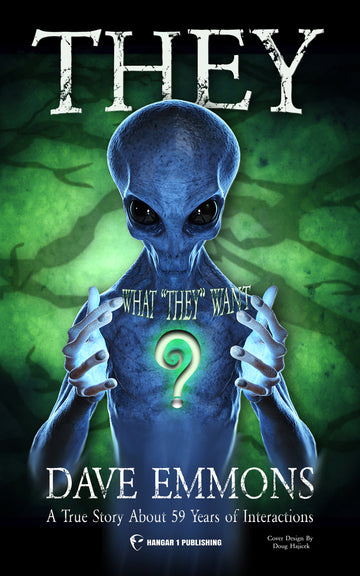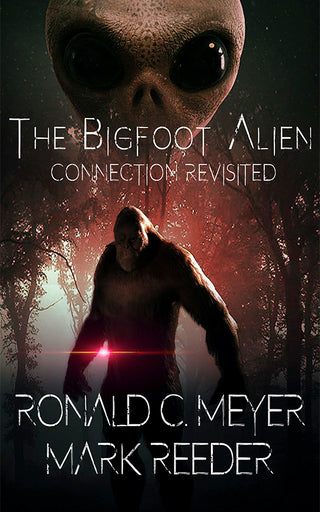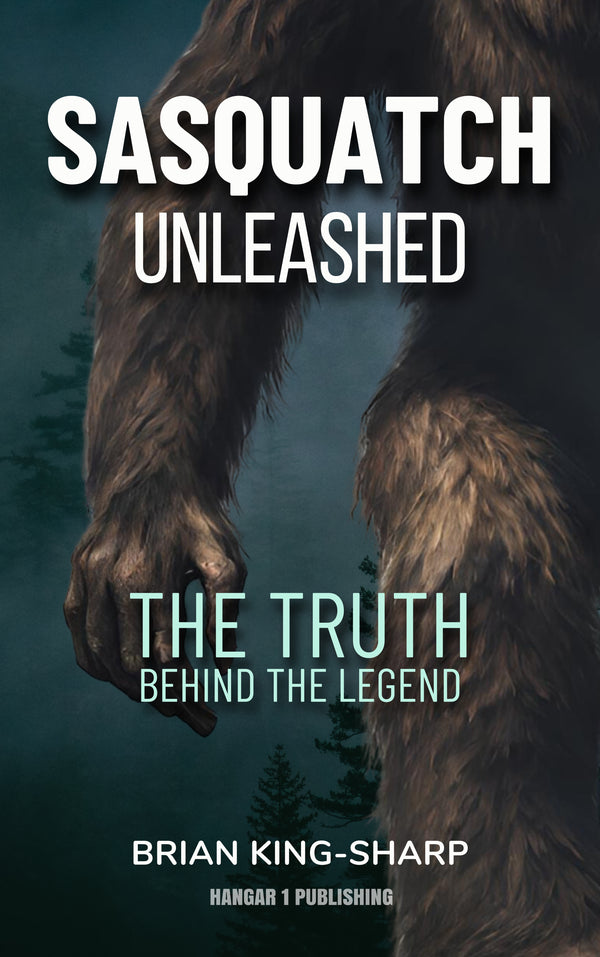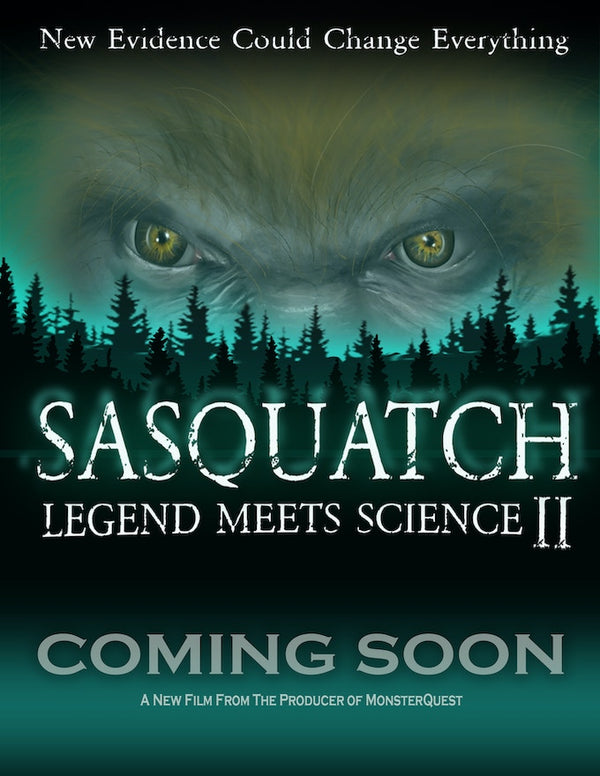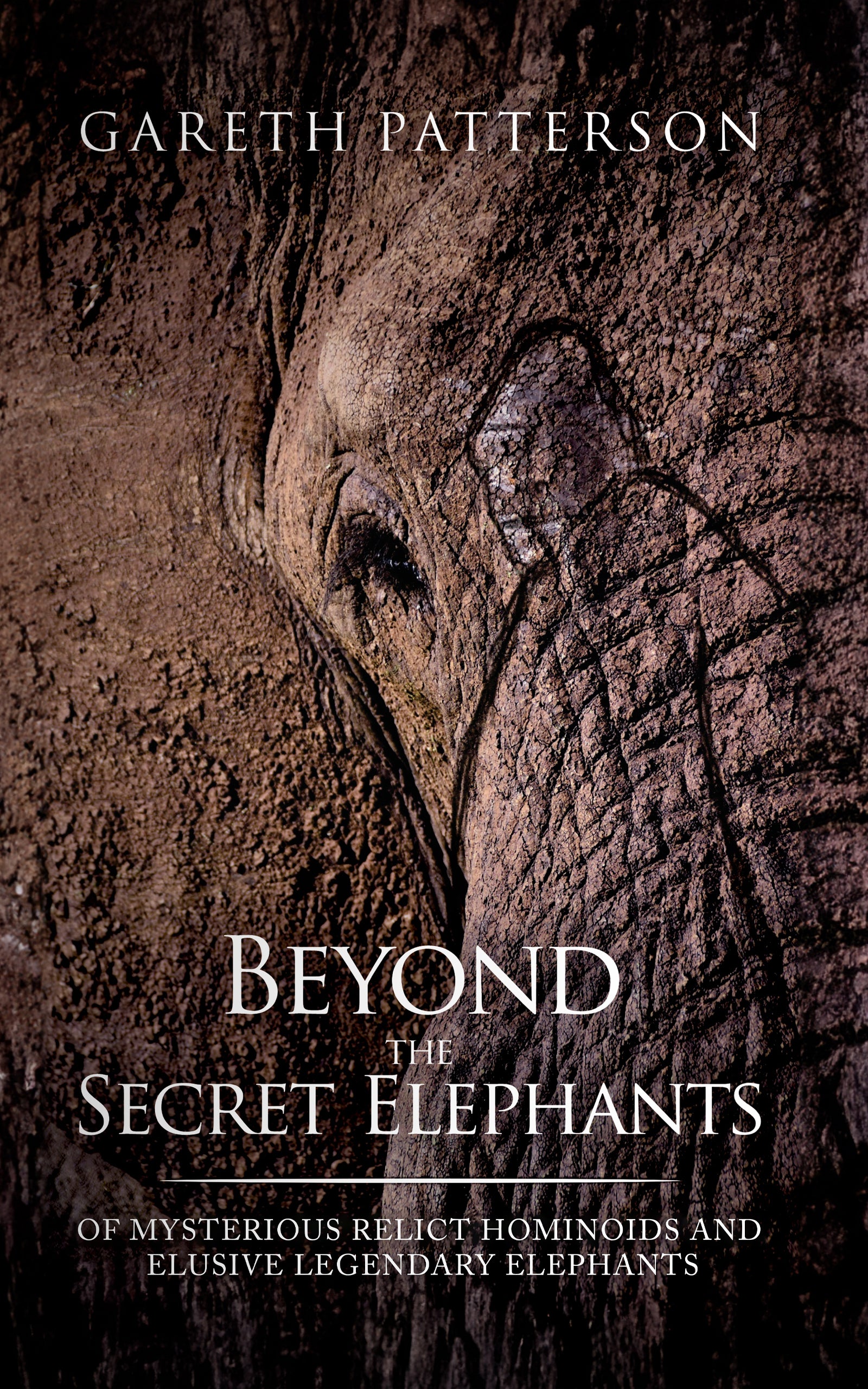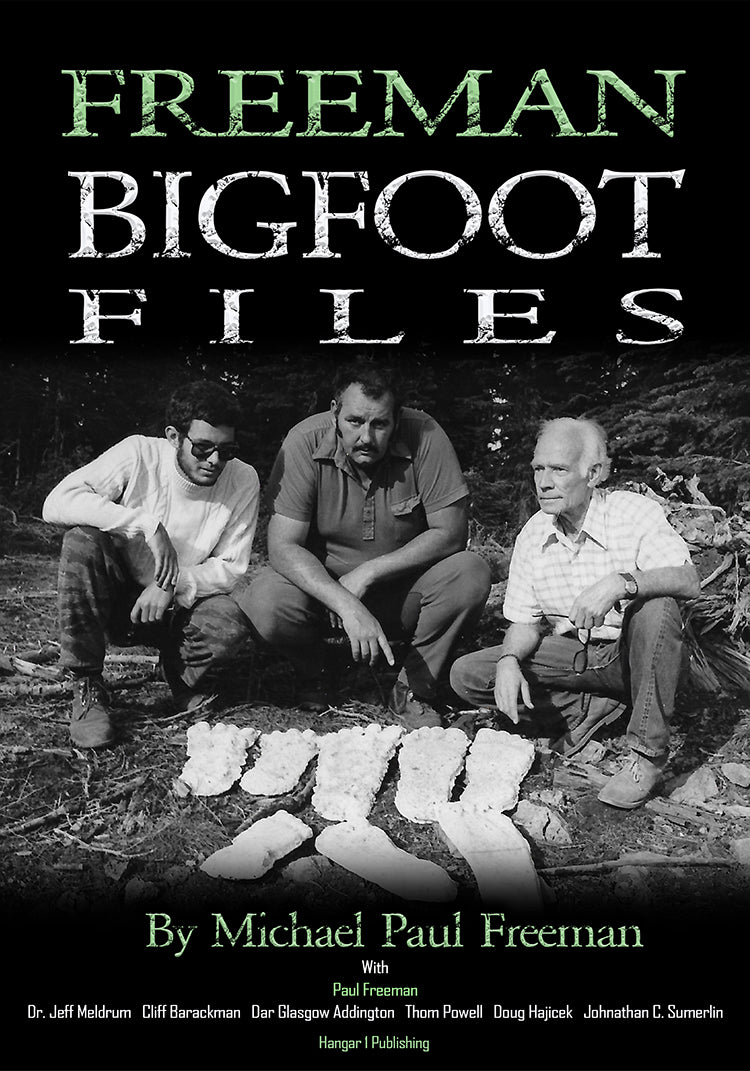Elongated Skulls: What a Neuroscientist Learned From Studying Ancient Head Shaping

By Elaine Westfield, Ufologist
I've spent years working with people who report extraordinary experiences - encounters they can't quite explain, memories that don't fit into our normal understanding of reality. So when I first heard about the Paracas skulls and the claims that they might represent non-human intelligence, I understood the pull. These skulls look profoundly alien. They challenge everything we think we know about human anatomy.
But here's what I've learned after diving deep into the research: the truth about these skulls is actually more fascinating than the alien hypothesis. And understanding what's real versus what's speculation matters if we're going to be credible investigators of genuine anomalies.
What I've Learned About These Mysterious Skulls
Let me be direct with you. When I first saw images of the most extreme examples - particularly those from Peru - my immediate reaction was disbelief. How could those possibly be human? The proportions seemed all wrong. The sheer elongation defied what I knew about cranial anatomy from my neuroscience training.
But then I started examining the actual osteological evidence. What I found was that artificial cranial modification is one of the most widespread body modification practices in human history. We're not talking about a handful of weird cases. We're talking about a global phenomenon that spans at least 7,000 years and shows up on every inhabited continent.
Here's the part that really got me: when researchers studied 415 skulls from South America, they found that 88.9% were intentionally deformed. This wasn't rare. This wasn't elite. This was the norm. Both men and women underwent this process equally.
The Human Story Behind the Shape
So how did our ancestors actually achieve these dramatic transformations? The answer lies in infant bone plasticity - something I found beautifully elegant from a neuroscience perspective.
Human babies are born with skulls that aren't fused solid. This isn't a design flaw - it's what allows us to have both large brains and survive the birth canal. Those flexible sutures that connect the cranial plates can be manipulated if you apply gentle, constant pressure during the first few years of life.
How Our Ancestors Actually Did This
Different cultures developed distinct techniques. The two main approaches were annular and tabular methods. The annular technique involved wrapping the infant's head tightly with cloth bandages, creating that distinctive conical shape. The tabular approach used rigid boards strapped to the forehead and back of the head.
What strikes me as a neuroscientist is that these modifications had to begin early. The morphogenetic pattern of the head is established by the third month of life, so families had to make this choice for their infants almost immediately after birth. This wasn't a teenage body mod decision - this was a cultural identity marker imposed before memory.
The process required sustained commitment. Parents used various apparatus including bandages, boards, stones, and pads applied for years. Different angles and pressures created different final shapes - some skulls ended up tall and narrow, others sloped backward dramatically.
The Paracas Phenomenon: Why These Skulls Capture Our Imagination
Let's talk about why the Paracas skulls specifically became ground zero for the ancient alien hypothesis. When Peruvian archaeologist Julio C. Tello was guided to Cerro Colorado in 1925, he discovered something unprecedented. Between 1925 and 1928, his team uncovered over 400 mummy bundles containing individuals with the most extreme cranial elongation found anywhere in the world.
The preservation was extraordinary. The hyper-arid climate of the Paracas Peninsula meant that not just bones but textiles, hair, and soft tissues survived. This created an almost surreal archaeological record - you could see the faces, the elaborate wrappings, the sophisticated textiles. It felt alien because it was so well-preserved, so unlike what we normally see from ancient peoples.
What Julio Tello Really Found
Tello identified two successive cultural phases at the site: Paracas Cavernas (around 800-200 BCE) and Paracas Necropolis (200 BCE-100 BCE). The skulls from Paracas Cavernas showed high rates of intentional modification, but the Necropolis specimens were the most dramatic.
Recent bioarchaeological work has revealed something I find psychologically interesting: the shape of cranial modification was strongly associated with gender. Ceramic art from the period shows men depicted with Tabular Erect heads and women with Bilobate forms. This artistic convention matches what we see in the actual burials.
Think about what that means. Head shape wasn't random - it was a visible, permanent marker of gender identity in Paracas society. Every time these people looked at each other, they saw this culturally constructed distinction literally written on their skulls.
The DNA Controversy That Won't Die
Here's where I need to be both empathetic and direct with you. I understand why the DNA claims are so compelling. The idea that testing might reveal mutations unknown in any human, primate, or animal is electrifying. If true, it would rewrite everything.
But as someone who evaluates extraordinary claims professionally, I have to tell you: there is no peer-reviewed, authenticated ancient DNA study that has classified any elongated skull as non-human. Zero.
The claims you've seen online - the ones about "unknown" DNA or unusual European haplogroups - come from informal announcements and self-published reports, not scientific journals. When Mexico's UNAM laboratory was cited in the 2023 "alien mummy" presentation, the university formally clarified they only did carbon dating and made no conclusions about non-human origins.
What Real Genetic Studies Actually Show
When legitimate ancient DNA labs study elongated skulls using proper protocols, they find something different - and honestly, just as fascinating. A 2019 study examined three adolescent boys buried together in Croatia. All three had modified skulls. But their DNA told a remarkable story.
These three boys had dramatically different ancestries: one showed West Eurasian heritage, another had East Asian genetic markers, and the third had Near Eastern origins. They were buried together, in the same cultural context, with the same head modification style. This suggests head shaping was a cultural badge that transcended ethnic boundaries - a way for different groups to signal membership in a shared community.
Similarly, a study of early medieval Bavaria found that women with cranial deformation showed highly diverse ancestry from Southern and Southeastern Europe, while local men and women had homogenous Northern European genetics. This indicates these modified skulls marked long-distance female migration and political alliances.
Studies of 49 individuals from the Central Andes revealed multiple high-altitude migration events, while research on southern Peruvian populations from 840 BC to 1450 AD showed evidence of two large-scale migrations and population replacement over time. All samples were human, showing the normal diversity and movement we'd expect from ancient populations.
Why the "Alien" Theory Keeps Spreading
I want to address this honestly because I think it's important. Why does the non-human origin theory have such staying power despite the scientific consensus?
Part of it is the information ecosystem. A 2021 video by Brien Foerster promoting non-human origins has over 644,000 views. Meanwhile, a 2019 video from an archaeologist explaining the science has only 35,000 views. That's an 18-to-1 disparity.
The mystery narrative is more emotionally satisfying than the scientific one. Claims that Paracas skulls have cranial volumes up to 25% larger and 60% heavier than normal human skulls sound compelling. But when researchers actually measure them using CT scans and 3D geometric morphometrics, they find something different.
A 2017 study using advanced imaging on 51 deformed and normal skulls found that artificial cranial deformation alters shape dramatically but has minor or null influence on actual intracranial volume. The brain adapts to fill the modified space, but the total capacity stays within normal human range.
The claim about a "single parietal plate" instead of two is a frequent misinterpretation. The sagittal suture that joins the two parietal bones naturally begins to fuse in adulthood and can become obliterated or invisible with age or as a result of the deformation process itself. No verified case of an actual single parietal bone has been published in peer-reviewed literature.
The Legal Maze and Ethical Lines
If you're serious about investigating these skulls, you need to understand the legal framework. Peru's General Law of Cultural Heritage (Law 28296) makes unauthorized export or sampling of human remains a serious crime. This isn't theoretical - in February 2022, authorities seized a human skull disguised with resin and eyeglasses at Lima's airport.
The law establishes that all undiscovered archaeological goods, including human remains, belong to the Peruvian state. Any destructive analysis requires a formal research permit from the Ministry of Culture. The harsh reality is that approximately 95% of Peruvian archaeological objects currently held abroad originated from illegal excavations.
This matters because any unprovenanced skull in a private collection is almost certainly illicit. Attempting to conduct DNA analysis on such samples isn't just scientifically problematic - it's legally risky and ethically wrong.
International standards are equally clear. The ICOM Code of Ethics mandates that museums must exercise due diligence to ensure valid legal provenance and that human remains must be handled with dignity and respect for source communities.
Where We Go From Here
Here's what I think responsible investigation looks like in 2025 and beyond.
First, we need to shift away from physical samples toward digital data. Major institutions are making high-resolution 3D scans of their collections available for non-commercial use. The Smithsonian has specifically developed protocols for 3D scanning and replication of cultural heritage items. You can access models of elongated skulls, including Paracas specimens, right now from your computer.
Second, if extraordinary claims are going to be made, they need to follow a preregistered protocol with independent replication. Any serious ancient DNA work requires established clean-room procedures, minimally destructive sampling methods, and stringent authentication checks to rule out modern contamination.
Third, we need to engage with the actual human mystery here. Why did this practice appear independently across multiple continents and time periods? What can different modification styles tell us about ancient social structures, gender roles, and cultural contact? The metric studies and health impact analyses are revealing fascinating patterns.
Researchers have found that artificial cranial deformation led to increased rates of Wormian bones along suture lines and other minor pathological changes. But there's no evidence it impaired cognitive function or caused neurological disability. These people lived full lives with modified skulls.
Different Andean cultures developed distinct styles over centuries. The Moche practiced annular deformation creating conical shapes, while the Tiwanaku used different techniques in different regions as markers of ethnic identity. The Inca incorporated various head-shaping styles to manage their multi-ethnic empire, using cranial form to signal both social status and regional affiliation.
The practice wasn't limited to South America. Evidence of head shaping appears in Eurasian contexts from the Bronze Age through the Migration Period. Even claims about ancient Egypt's Amarna period art showing elongated heads turn out to be artistic stylization, not biological reality according to Egyptologists.
As someone who studies extraordinary human experiences, I'm drawn to the role cranial modification played in identity formation. What does it mean to permanently mark a child's body before they can consent? How did that shape their sense of self? These questions bridge my background in psychology with the archaeological evidence in ways that feel deeply human, not alien.
The real mystery of elongated skulls isn't whether they represent extraterrestrial contact. The mystery is why humans across vast distances and time spans independently decided to reshape the most vulnerable part of our anatomy - the developing brain case of an infant - as a way to signal identity, status, or belonging. That's a profoundly human impulse that deserves serious study.
If we want to understand potential non-human intelligence, we first need to understand the full range of human behavior. These skulls teach us that what looks impossible might just be unfamiliar. They remind us that human cultures are capable of practices that seem to violate our anatomical assumptions. And they show us that sensational claims without proper evidence undermine the credible investigation of genuine anomalies.
The tools for responsible research exist: digital repositories, virtual anthropology methods, geometric morphometric techniques, and preregistration protocols that prevent bias. We can study these skulls without destroying them or breaking laws. We can ask meaningful questions that advance our understanding of human diversity and cultural practices.
But we have to be willing to follow the evidence wherever it leads, even if that means accepting that some mysteries have terrestrial explanations. The universe is strange enough without us needing to manufacture false enigmas. Real anomalies deserve rigorous investigation. Elongated skulls show us that the boundary between "human" and "alien-looking" is thinner than we imagined - not because aliens visited, but because humans are capable of such remarkable cultural diversity that sometimes we barely recognize ourselves.
From Bigfoot to UFOs: Hangar 1 Publishing Has You Covered!
Explore Untold Stories: Venture into the world of UFOs, cryptids, Bigfoot, and beyond. Every story is a journey into the extraordinary.
Immersive Book Technology: Experience real videos, sights, and sounds within our books. Its not just reading; its an adventure.









